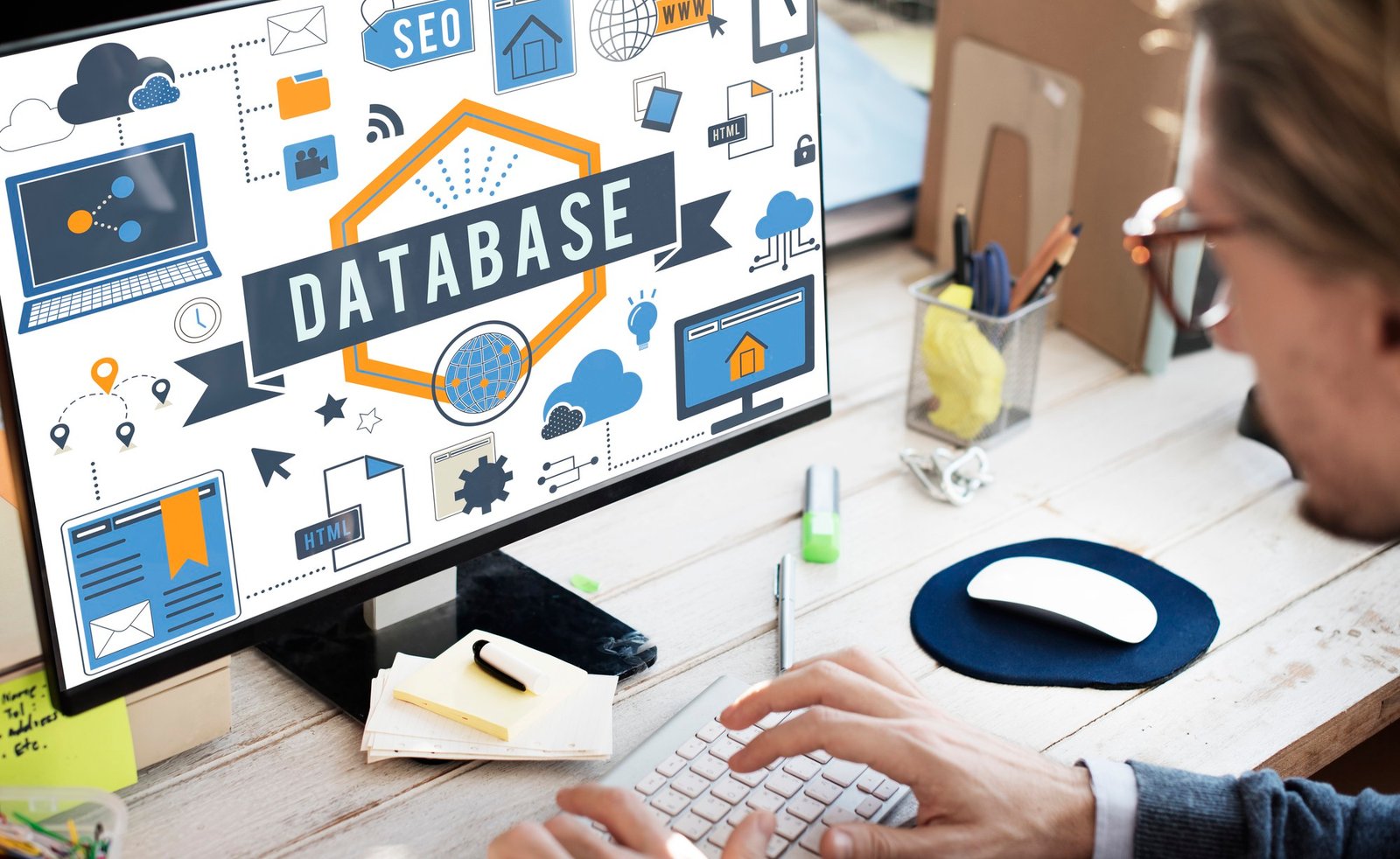October 17, 2022 | Posted in WordPress

Do you get the message “Error establishing a database connection” when you try to use WordPress? It is a fatal error that means users can’t access your WordPress site.
When WordPress can’t connect to the database, this error appears. There are a lot of ways that can go wrong with your WordPress database connection, which makes it hard for beginners to figure out what’s wrong.
This article will show how to easily fix the error of establishing a database connection in WordPress.
If you receive the “Error establishing a database connection” error, your WordPress settings may be incorrect, your database may be corrupt, or your database server may not be working.
A database is a piece of software that makes it easy to store, organize, and get information from other programs.
WordPress is a content administration system that stores your website’s content and other data in a database. Then, whenever someone visits your website, it connects to the database.
For WordPress to connect to the database, it needs the following information:
As part of WordPress, wp-config.php stores this information.
Any of these things incorrectly configured will prevent WordPress from connecting to your database server, and you’ll get an error report that reads “Error establishing a database connection.”.
It’s one of the most frequent WordPress mistakes. Incorrect credentials aren’t the only thing that can cause this error. Database files may have been damaged, or the server may be down.
Let’s look at ways to fix WordPress’s “error establishing database connection” problem.
Verify the credentials for your WordPress database.
Incorrect database credentials are the most common reason WordPress can’t connect to a database. If you just moved your WordPress site to a new host, this could be the most likely cause.
The wp-config.php file stores the login information for your WordPress database. It is the configuration file for WordPress, which has important settings like database information.
You can check this information in the dashboard of your WordPress hosting account. Just sign in to your hosting account and click on MySQL databases in the section for databases.
We use the Bluehost dashboard in our screenshot, but the process will be the same in other hosting control panels.
Once you’ve checked that your database name, user name, and password are correct, you can change them in your wp-config.php file if you want to.
Afterward, go back to your website and see if the database connection error is still there.
If the mistake is still visible, something else is wrong. Keep reading for more ways to fix problems.
Check the information about your database host.
When you are sure your database name, username, and password are correct, you may want to check that the database host information is correct.
Your database is usually hosted by localhost by most WordPress hosting companies. The databases are sometimes hosted on separate servers by companies that manage WordPress.
You need to confirm your database host information with the company that hosts your WordPress site.
Fix the database in WordPress
If you receive an error report such as “There is a problem with one or more database tables” in WP-Admin, you may need to do something else. The database might need to be fixed,” then your database needs to be fixed.
Verify that your server isn’t down.
If everything looks right, but WordPress still can’t connect to the database, your database server (MySQL server) may be down.
This could happen if a server is being used a lot. Too much load is placed on your host server.
You may experience very slow loading times, and some users may receive an error message. So the best thing to do is to call or live chat with your hosting company and ask if your MySQL server is working.
To verify if your SQL server is down, check any other websites hosted on the same server.
Go to your hosting panel, attempt to access phpMyAdmin, and connect the database if you don’t have any other websites hosted on the same account.
Other Ways That Users Have Found to Work
If the troubleshooting steps above didn’t fix the database connection error on your website, you could try these other steps.
It has been reported that certain users have found these techniques useful in resolving a database connection issue on their websites.
1. Change the site’s URL on WordPress
Try using phpMyAdmin to change the URL of your WordPress site. Go to phpMyAdmin through your hosting account dashboard and choose your WordPress database.
Don’t forget to put in your own site’s URL and change the wp options to your table name, as the WordPress table prefix may have been changed.
2. Restart Web Server
Users on dedicated servers, local servers, and virtual private servers (VPS) can try restarting their servers. This will make your web server and database server start up again, which may fix any temporary problems causing the error.